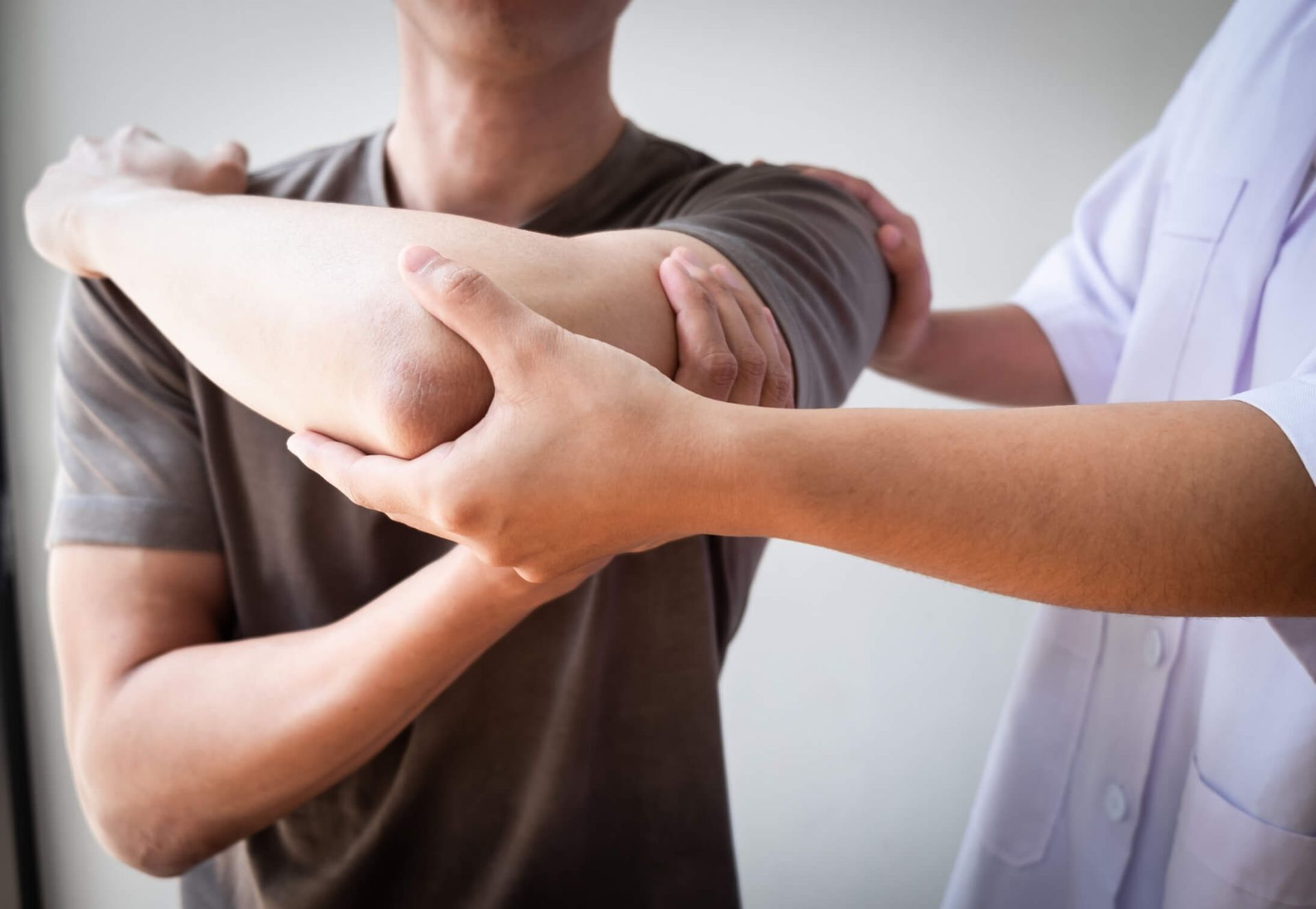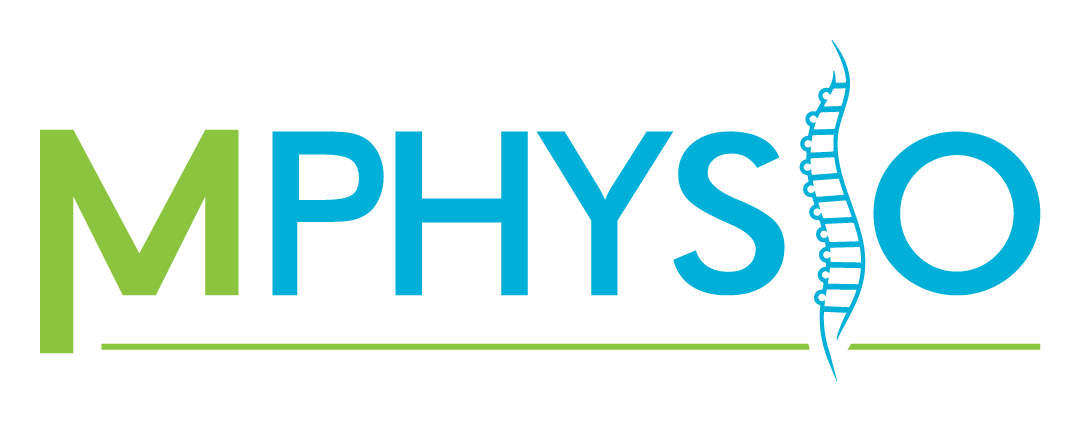Blog, Physiotherapy
Understanding Massive Rotator Cuff Tears and the Role of Conservative Management

What Are Massive Rotator Cuff Tears?
A massive rotator cuff tear is defined as a tear involving two or more rotator cuff tendons or a complete tear of a single tendon that significantly impacts shoulder function.
These tears can arise from acute injuries or chronic degeneration, leading to symptoms such as pain, weakness, and limited range of motion.
The rotator cuff consists of four muscles—supraspinatus, infraspinatus, teres minor, and subscapularis—that stabilise the shoulder joint. When one or more of these tendons are compromised, it can result in substantial functional limitations and discomfort in daily activities.
The Benefits of Conservative Management
Conservative management is often the first line of treatment for massive rotator cuff tears, particularly for patients who wish to avoid surgery or are not suitable candidates for surgical intervention. Here are some key benefits of this approach:
- Pain Relief: Conservative treatments, including physical therapy and medications, can significantly alleviate pain, allowing individuals to engage in daily activities more comfortably.
- Improved Function: Through targeted rehabilitation, patients can regain a considerable degree of shoulder function. Physical therapy focuses on strengthening the surrounding muscles, which can compensate for the damaged tendons.
- Reduced Surgical Risks: Avoiding surgery eliminates the risks associated with operative procedures, such as infection and complications from anaesthesia, while also shortening recovery time.
- Cost-Effectiveness: Conservative management is generally less expensive than surgical options, making it a more accessible choice for many patients.
- Patient Empowerment: Engaging in a structured rehabilitation program allows patients to take an active role in their recovery, leading to improved satisfaction and adherence to treatment.
Recent studies have shown that conservative management can yield success rates ranging from 50% to 80%, particularly for patients with partial tears or those who are older and less active (Mardani-Kivi et al., 2021).
A systematic review highlighted that many patients with rotator cuff injuries, including massive tears, experience significant improvements in pain and function through conservative care (Matsen et al., 2020).
Can a Shoulder Function Without All Its Tendons?
Yes, a shoulder can function without all its tendons, but the extent of functionality will vary based on several factors:
- Compensatory Mechanisms: Other muscles, particularly those in the shoulder girdle (e.g., deltoid and scapular stabilisers), can compensate for the loss of rotator cuff function. Strengthening these muscles through rehabilitation can enhance shoulder stability and mobility.
- Degree of Injury: The condition of the remaining tendons and muscles significantly impacts overall shoulder function. Partial tears or intact tendons can still allow for functional movement.
- Activity Level: Individuals with lower activity demands may adapt better and maintain shoulder function despite tendon loss. In contrast, athletes or those engaged in high-demand activities may experience more significant limitations.
- Adaptation and Rehabilitation: With proper rehabilitation, many patients can learn to adapt their movements and compensate for lost function, allowing them to continue with daily activities, albeit with some limitations.
Research indicates that even in cases of massive rotator cuff tears, patients can achieve good outcomes through conservative management, demonstrating the shoulder’s remarkable ability to adapt and function despite tendon loss (Tashjian et al., 2021).
Conclusion
Massive rotator cuff tears can significantly impact shoulder function, but conservative management offers a viable and effective treatment option for many patients.
By focusing on pain relief, functional improvement, and rehabilitation, individuals can often regain a substantial degree of shoulder function without the need for surgery.
While the shoulder can function without all its tendons, the degree of functionality will depend on individual circumstances, including compensatory mechanisms and rehabilitation efforts.
For optimal outcomes, a tailored treatment plan, including physical therapy and patient education, is essential.
 |
Written By:
Masters of Physiotherapy |
References
Mardani-Kivi, M., Tabrizi, A., & Khoshhal, M. (2021). Efficacy of conservative management for rotator cuff tears: A systematic review and meta-analysis. Journal of Shoulder and Elbow Surgery, 30(4), 758-769. https://doi.org/10.1016/j.jse.2020.10.008
Matsen, F. A., Lippitt, S. B., & Park, M. C. (2020). Rotator cuff tears: Evaluation and treatment. American Academy of Orthopaedic Surgeons, 28(1), e1-e12. https://doi.org/10.5435/JAAOS-D-19-00235
Tashjian, R. Z., & Henn, R. F. (2021). Management of rotator cuff tears: A review of the literature. Journal of the American Academy of Orthopaedic Surgeons, 29(11), 467-475. https://doi.org/10.5435/JAAOS-D-19-00303



